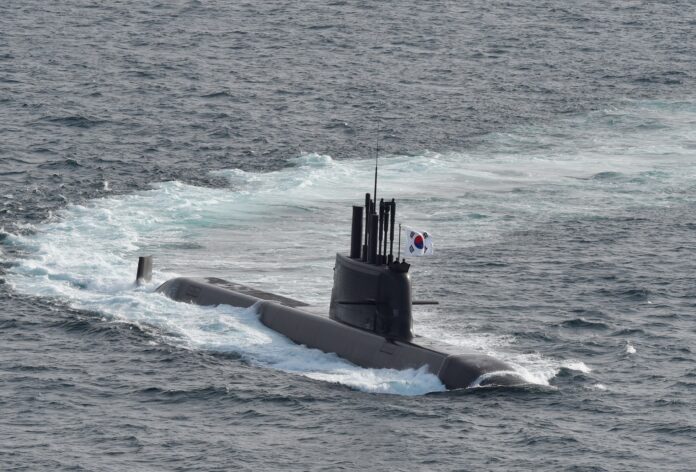
Operating submarines can enhance the reputation of the naval force employing them, but they should be properly funded and not just for show.
Conventional submarines (SSKs) in the Indo-Pacific region are getting larger and more sophisticated as naval forces attempt to introduce a new submarine capability to their fleet or expand on an existing one. The last decade has seen the submarine race in the region gather pace as China’s People’s Liberation Army Navy (PLAN) puts ever increasing numbers of SSKs to sea and other rivalries between smaller states mean that navies want to acquire more boats to keep pace with or get ahead of their neighbours.
Today, most countries in the Indo-Pacific have submarine acquisition programmes in some form or another. Some navies want to replace or add to their existing inventories of boats, whilst others are trying to acquire them for the first time. The decision about the type of SSK and the capabilities that navies want are affected by numerous factors not least the budget, but also by geography, the role submarines will play within the service, the expected operational profile and what rival navies are procuring.
Submarine expert H.I. Sutton told AMR: “Buying a submarine is not like walking into a car show room. Every deal has a strong political element and every design is heavily customised. Often politicians will focus on the economical and industrial aspects, even if this means compromising the submarine’s requirements or timelines.”
But an overall trend when these decisions are made is that some navies are choosing larger boats than those they have operated previously. There are several reasons for this, but the main factor is endurance. Larger boats can store more fuel to undertake longer patrols, they have more power to sustain more powerful sensors, and they have space for more weapons. They are also more comfortable for the crew. This trend is of particular note in Northeast Asia.
Dr Collin Koh Swee Lean, from the Institute of Defence and Strategic Studies at the S. Rajaratnam School of International Studies in Singapore told AMR that Northeast Asian navies are “more inclined towards larger boats that have blue-water capabilities” because of the endurance and range for open-waters operations. He said that this reflects “their envisaged geostrategic area of interests/operations”.
AIP on the rise
Sutton explained that one of the reasons for larger SSK designs being selected is the adoption of Air Independent Propulsion (AIP) systems which “involves adding large oxygen tanks and extra machinery” that all needs extra space. “Asian navies are leading the world with the adoption of AIP and also other non-nuclear propulsion technologies,” he added.
The benefits of AIP are that submarines can remain submerged for significantly longer than those without – usually up to about three weeks – and this means a better chance of remaining undetected. The submarine’s main weapon is its stealth. SSKs can then sit near maritime choke points or outside rival naval bases undertaking surveillance operations without being discovered.
Other reasons for larger boats include new weapons outfits. Sutton said that the reason the Republic of South Korea Navy (ROKN) is acquiring larger boats is so that they can carry ballistic missiles. “Arming an AIP submarine with precision strike ballistic missiles is a world first,” he said, “Asian navies have shown a willingness to embrace new technologies. In this respect they are now leading the world.”
The ROKN’s latest Dosan Ahn Chang-ho-class KSS-III submarines are built to an indigenous design and will be manufactured by Hyundai Heavy Industries (HHI) and Daewoo Shipbuilding and Marine Engineering (DSME). These new boats displace about 3,000 tonnes and 83.3 metres long – a significant increase in size on the ROKN’s 65m-long 1,800t Son Won-Il class KSS-II SSKs that were built to the Type 214 submarine design from Germany’s ThyssenKrupp Marine Systems (TKMS) and the earlier 56.4m-long, 1,200t KSS-I Chang Bogo-class SSK that were built to TKMS’s Type 209 design.
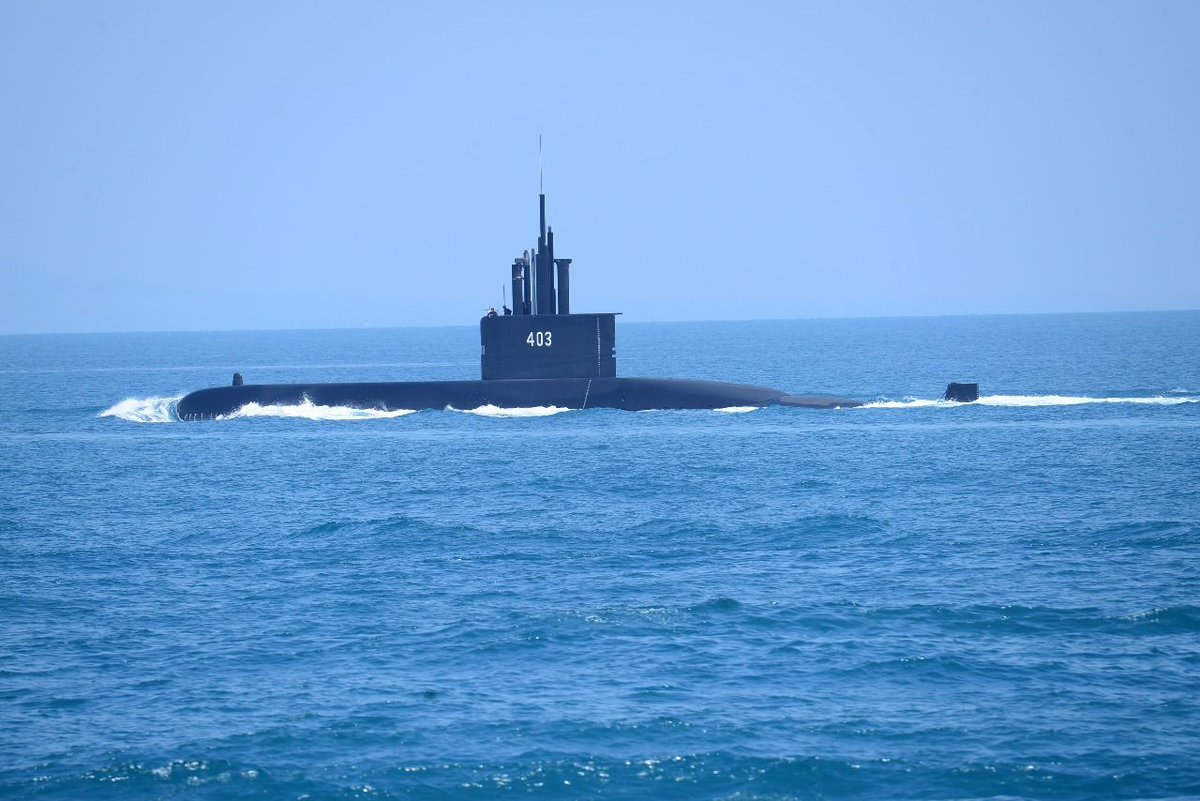
The larger size of the boats allows the fitting of both AIP and a Vertical Launch System (VLS) to carry the Cheon Ryong land attack cruise missiles that have a range of 809 nautical miles (1,500 kilometres). The KSS-III boats will also host the Series 30 optronic mast from Sagem, torpedoes and mines. A total class of nine SSKs are expected broken down into three batches of three built by KHI and MHI. The second batch is reportedly to be fitted with Lithium-ion (Li-ion) batteries from Hanwha Industries and will be the second country to fit its submarines with these batteries in place of traditional lead acid batteries.
The first country to install Li-on batteries in SSKs is Japan. The Japan Maritime Self Defense Force’s (JMSDF’s) new Taigei-class SSKs displace about 4,000t and buck the trend of increasing boat size staying similar in dimension and tonnage to the predecessor Soryu-class and Oyashio-class boats. But the last two Soryus to enter service and the new Taigeis are being fitted with Li-ion batteries from local company GS Yuasa, in place of AIP systems as an alternative way of providing increased underwater endurance – again another world first.
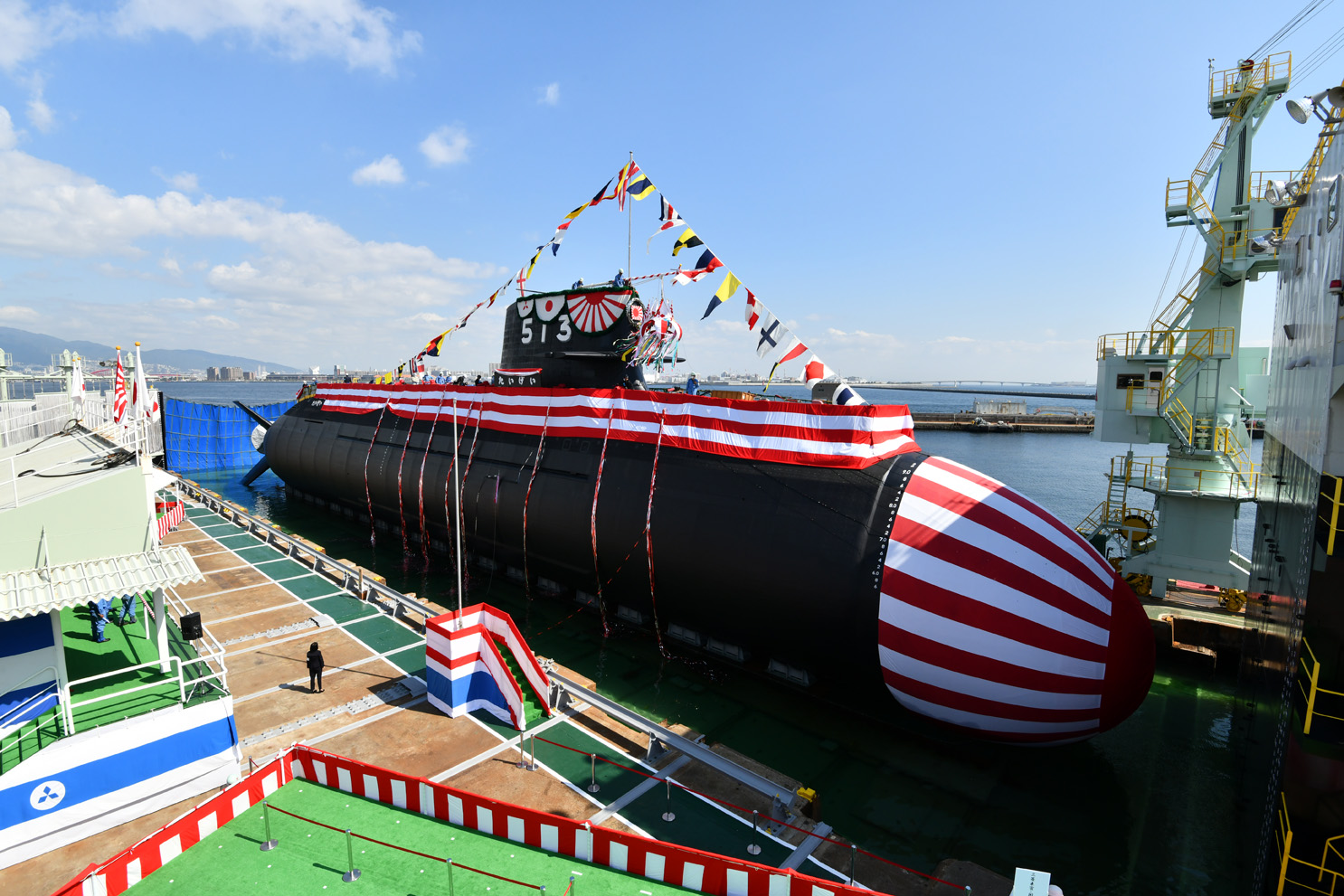
With the PLAN firmly in mind, Taiwan is attempting to expand its own submarine force from a pair of WW2-vintage ex-US Navy Guppy II-class SSKs and two 1980s-vintage Dutch Hai Lung-class boats and replace them with new SSKs under its Indigenous Defense Submarine (IDS) programme. The keel was laid for an initial prototype in November 2021 at the CSBC shipyard in Kaohsiung. Local media reports suggest it will be launched in 2023 or 2024 with delivery soon after. Between six and eight IDS SSKs are expected and models and images of the design indicate that they will have an X-rudder and displace about 2,500t.
Smaller down south
In Southeast Asia, Collin said that the focus is on smaller boats, mostly within the 1,500-2,000t bracket because these are predominantly green-water navies “with more confined littoral responsibilities”. He added that because submarines can be upgraded through life via retrofits, “this allows flexibility to adapt the boats to the prevailing strategic circumstances.” While the boats remain relatively small in size to other boats, particularly in the north, they are more modern and offer more capability than legacy platforms. Collin explained that that while most SSK have basic payloads such as torpedoes and mines, with modification they can launch other payloads such as missiles and unmanned systems if needed, depending on the threat profile.
Malaysia was one of the first to introduce a new submarine capability in the region with the purchase of two Scorpene submarines from French shipbuilder Naval Group. These are named the Perdana Menteri-class and were introduced in 2009. Displacing about 1,500t, the design was selected because it would give the Royal Malaysian Navy (RMN) a new SSK capability and provide a significant advantage locally over its neighbours Indonesia and Singapore, which at the time possessed older second-hand submarines. This would put it in the bracket of the modern naval powers and above other regional rivals like Thailand, the Philippines and Vietnam, as well as ahead of those slightly further afield such as Taiwan and Myanmar. However, some of these countries have responded with their own submarine projects, leaving the RMN still operating just two boats.
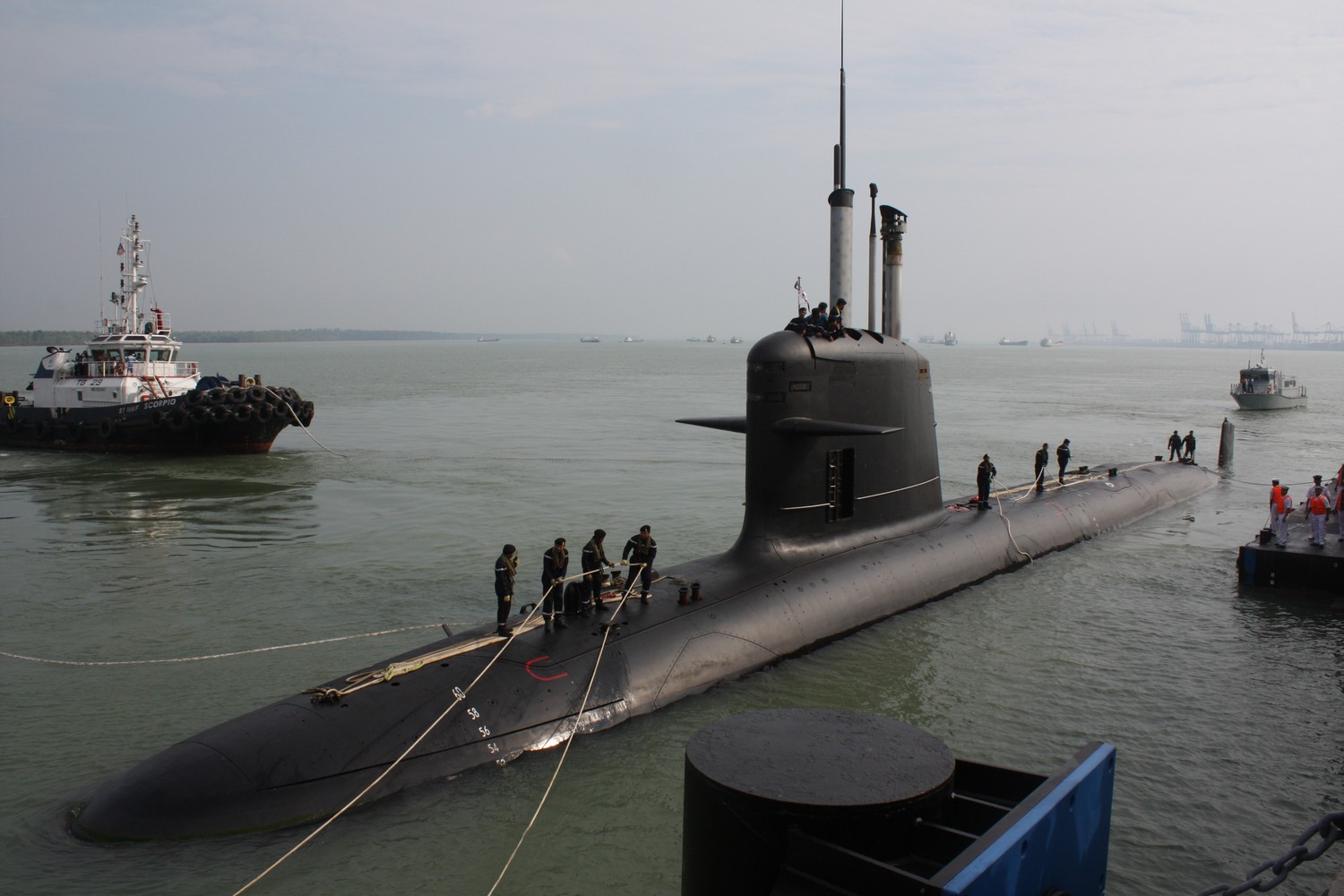
Indonesia received three new KSS-I Chang Bogo-class SSKs from DSME during the period 2017-2021 that have been renamed the Nagapasa-class. The third boat was assembled locally by Indonesian shipbuilder PT Pal with support from DSME. This is indicative of the growing demand by governments buying new submarines to secure more of the benefits of these programmes with more local investment providing for jobs, skills and facilities in-country. Collin said that this would include the production of various components at local sites and “most importantly” seeking the transfer of technology, rather than trying to build the whole submarine. The total cost of all three is about $1.1 billion. A further three are planned under a $1 billion loan from the South Korean DAPA acquisition authority. These will be built in Indonesia using a much larger amount of local content.
Singapore has been operating four older second-hand ex-Swedish Navy SSKs but is set to upgrade its submarine capability with the delivery of four new 2,000t Type 218SG boats from TKMS in Germany. Named the Invincible-class, the quartet are scheduled for delivery from 2022-2024, making Singapore “an exception in Southeast Asia given that the Type 218SG is a fully customised variant for its needs” according to Collin.
The Invincibles have been modified with attributes to suit them better for service in the Republic of Singapore Navy. The Straits Times reported in 2019 at the launch of Invincible in Kiel that this includes more corrosion protection against the saltier tropical waters of Singapore’s nearby operating environments, an X-shaped rudder for improved manoeuvring in shallower littoral waters, AIP for more submerged endurance, increased automation to reduce crew size and levels of fatigue as well as design elements to suit the size of Singaporean submariners. This will provide a large jump up in capability compared to the two 1960’s-vintage ex-Sjoorman-class SSKs bought from Sweden in the mid-1990s, (named the Challenger-class), and the pair of ex-Vastergotland-class boats (named the Archer-class) brought into service in 2011-13.
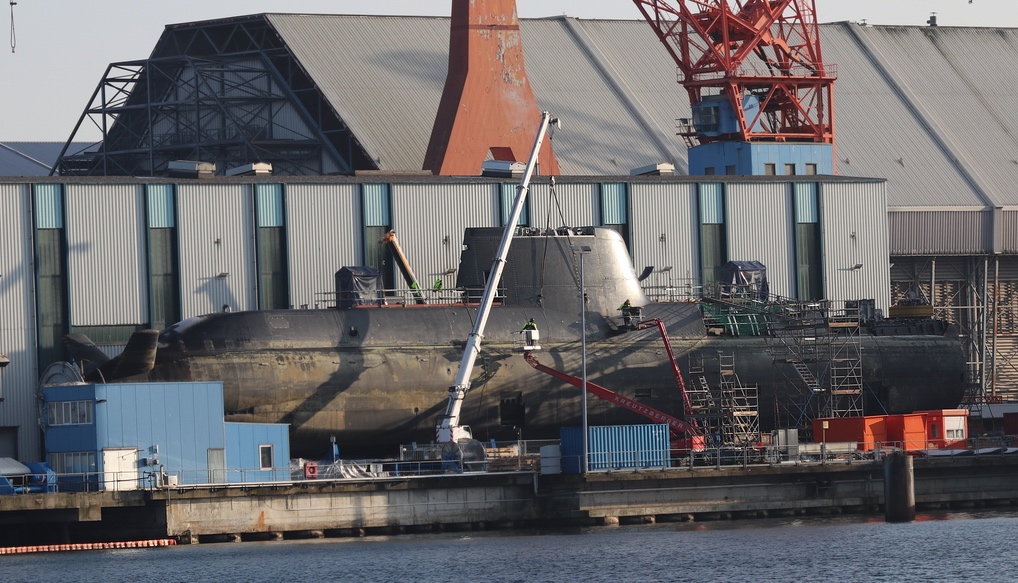
Other countries have not had this luxury when buying off-the-shelf, for example both Vietnam and Myanmar have bought Russian Kilo-class SSKs. These are an exception compared to other submarines in the region being somewhat larger than rival boats. Vietnam purchased six new 3,000t Type 636.1 Kilo submarines variant from Admiralty Shipyard that were delivered between 2014-17. These are an advanced version of the boats and thus give Vietnam one of the most modern SSK fleets in the region. This contrasts with Myanmar’s effort whereby it took delivery of a 2,300t second-hand ex-Indian Navy Singhugosh-class 877EM Kilo variant INS Sindhuvir (S 58) in 2020 (with permission from Moscow). Named UMS Min Ye Thein Kha Thu it is the Myanmar Navy’s first submarine and is reportedly used for training purposes. Then in December 2021 Myanmar took delivery of an ex-Chinese PLAN 2,100t Type 35B Ming-class SSK to bring its fleet to two boats. But both boats are old, Sindhuvir was commissioned in the Indian Navy 1988 and the Type 35B Ming-class were built from 2000-2003 making it 20 years old.
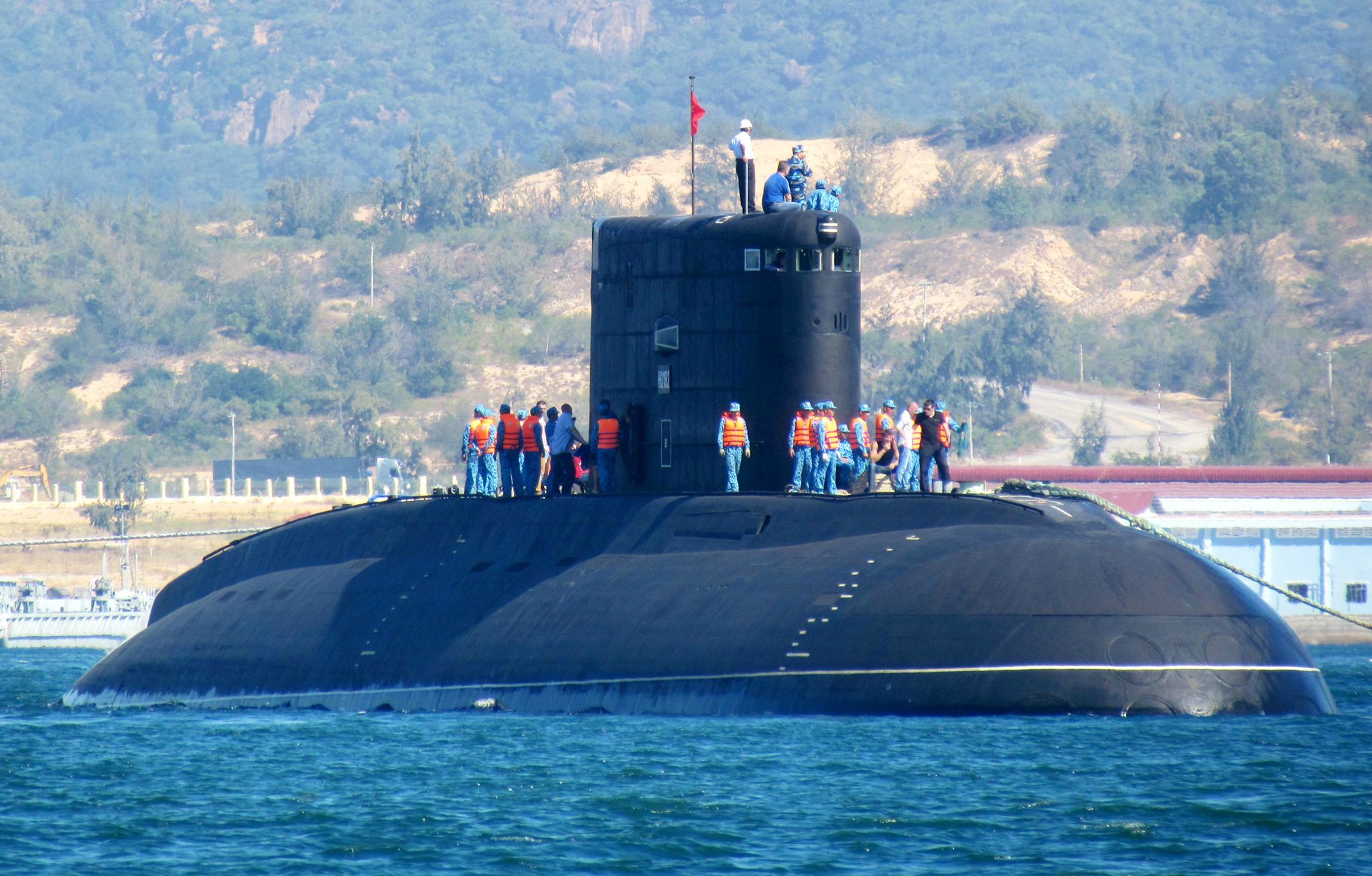
Meanwhile Thailand is trying to acquire an S26T submarine from China. However recent media reports indicate that Germany has refused to supply the MTU diesel engines that the boat needs, putting the programme at risk. The order was placed in May 2017 for $375 million with China Shipbuilding & Offshore International, together with options for a further two boats. The S26T is based on the Type 039B Yuan-class SSK in-service with the PLAN displacing about 3,900t and equipped with the latest Chinese anti-ship missiles, torpedoes and sensor payloads. It is not clear whether China will be able to secure the engines needed to complete the first boat or if Thailand is willing to accept a Chinese engine as a substitute. In the meantime, news reports suggest that China will instead offer the Royal Thai Navy (RTN) a pair of Type 035 Ming-class or Type 039 Song-class SSKs as a substitute for training until the S26T issues can be resolved. In 2014 the RTN purchased a Submarine Command Team Trainer (SCTT) simulator from Rheinmetall to prepare for the deliver of the S26T that allows training to be performed at the Sattahip Naval Base.
According to the company the SCTT is a type-agnostic simulator that can replicate major submarine systems and components of the combat information centre (CIC), including combat management systems, heavy torpedoes, missiles, modern sonar systems and non-acoustic sensors (radar, link, ESM, periscope, etc.), which are simulated with high levels of fidelity. This allows operators to train on specific systems or conduct command team training. SCTT can also network with other simulators such a control and tactical systems, as well as specific warfare packages to offer additional training opportunities. Rheinmetall said that one of the RTN’s requirements was to ensure that the SCTT could be linked to an Anti-Submarine Warfare simulator that the company had provided in 2010.
Sutton adds that submarine training “takes place both in port and at sea so crews can still remain ready and capable,” and that “most countries do not need to operate their submarines at the same tempo as the US Navy and Royal Navy. Their submarines spend less time at sea and when they are, sometimes it is only for a day or two.”
He added that Myanmar and Thailand’s efforts at introducing a submarine capability are very much in the “me too” category of acquisition – an attempt to follow neighbouring countries and introduce a nascent submarine force to boost prestige.
Collin highlighted that smaller navies “tend to face bigger challenges in sustaining a small submarine force.” He explained that procuring such expensive assets “usually eats up the bulk of funding, and it’s also possible to imagine that after-sales services and life cycle support may lag for some of them leading to operability and safety issues.”
Collin said that the loss of the Indonesian Cakra-class (Type 209/1300) submarine KRI Nanggala (402) in April 2021 is one of several examples worldwide where small submarine-operating navies are afflicted with such problems, such as the case of Argentina with the loss of the ARA San Juan (S-42) in 2017.
According to Collin the main challenge is “lack of long-term fiscal, operational and technical planning. It’s not just about buying the platforms, but involves training the personnel, both submariners and shore-based support staff, the infrastructure available, the funding to remunerate the crew and allow the submarines to undergo proper and funding maintenance cycles.”
Countries with established SSK fleets consisting of locally built submarines will be able to better manage the up-sizing of new platforms but may struggle to recruit for the submarine profession when an advanced economy offer other career options. Meanwhile the smaller submarine fleets will have to manage the costs of procuring and maintaining their fleets as the learning curve and cost margins will remain high for such an exclusive naval capability.
by Tim Fish












